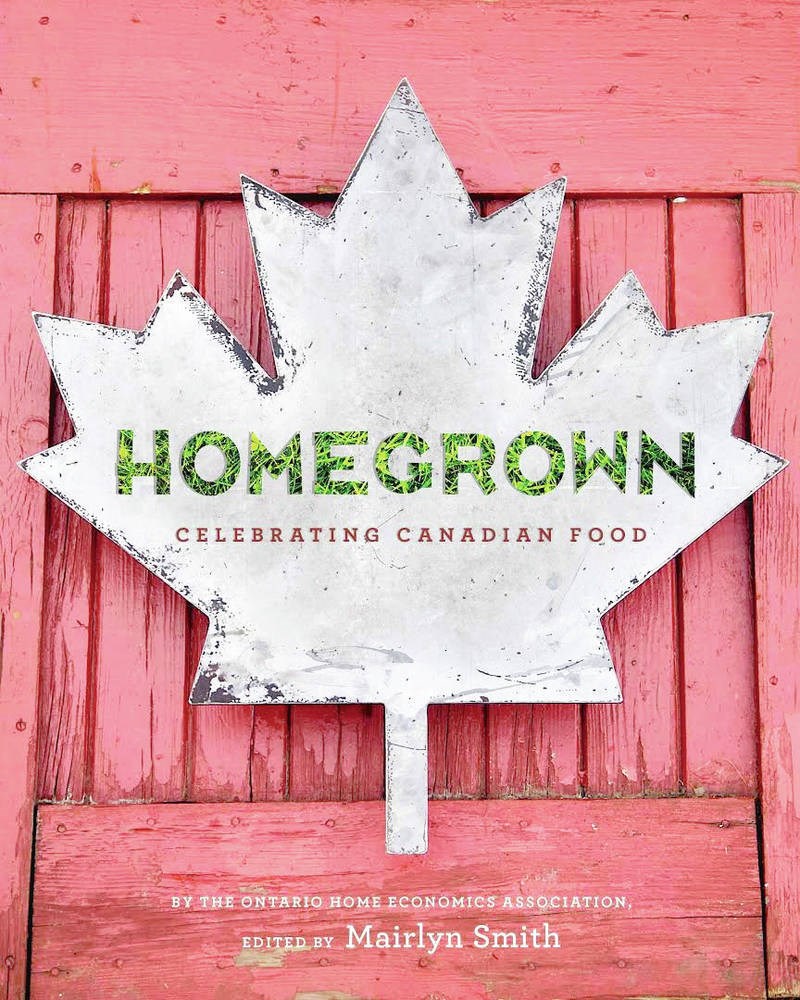Cookbooks have really changed over the years. More than 100 years ago, they were written mainly by knowledgeable, hardworking female food and domestic experts such as Mrs. Beaton or Bostonian Fannie Farmer, who could bottle peaches and stuff a chicken at the same time (and probably do laundry, too, with a washboard), along with crushing garlic by hand.
They used a lot of fat, cream and butter in the days before fitness came onto the scene. Their recipe books were heavy, plain compilations of tiny black printing on how to simmer a winter’s stew or make lemon squares for sociable ladies or whist get-togethers.
Cookbooks today have become full-sized, hard-backed collections of glossy colourful photographs of exquisitely drizzled lettuce wraps perhaps topped with a begonia. The food is geared not so much to entertaining neighbourhood ladies or feeding a hungry family, but rather to the creation of beautiful, refined and healthy dishes — although I have observed that many of today’s beautiful recipes are simply older dishes gussied up with the fat removed and a piece of foraged greenery added.
Cookbooks are no longer just for cooking, but for perusing, learning and entertainment — or simply to own a beautiful book.
However, some cookbooks still retain a rather homey flavour and a down-to-earth, basic, hands-on approach to cooking, as well as being entertaining.
Homegrown: Celebrating the Canadian Foods We Grow, Raise and Produce by professional home economist Marilyn Smith (2015, Whitecap Books) is a lively, busy, energetic book, which clearly has a very tidy home economic-ish tone, and is packed with an abundance of agricultural and nutritional facts.
For example, the author introduces us to the DFC, the Dairy Farmers of Canada, and Pulse Canada (they know all about dried beans), and the Food Digestive Health Foundation. She provides tips on how to make over your pantry: “Organize: keep all of the canned goods in a line with the new canned goods moving to the back of each row.”
Precise serving sizes are essential, she says, as well as measurements, weights and grade levels — did you know that there are three grades and five colour classifications of maple syrup?
And she creates not one, but FOUR cheese platters (of course with Canadian cheese)!
There’s information on flax seed — “Just keep pulsing until it looks like coarse sand” — and Red Fife Flour, named in 1842 for Dave Fife who grew red wheat.
The author tells us to call eggs hard-cooked rather than hard-boiled, because one of her pet peeves is when people “boil the living daylights” out of an egg.
I learned that brussels sprouts were introduced to America from France and England by Thomas Jefferson, and B.C. is Canada’s biggest producer.
The author is also a professional comedian, so there is a light tone to the book, which she signed: “Peace, Love and Fibre.”
And yes, there are tons of good Canadian recipes, too — 160 of them, everything from Saskatoon Cheesecake Swirl to Mussels in Spicy Tomato Sauce.
I never enjoyed home-ec at Albert Street School in Fredericton, especially sewing. We had to make a skirt, with a zipper. Mum took me to Woolworths on Queen Street and we bought the fabric, a bright orange shiny material, the kind that would easily go up in flames if you stood next to a fireplace. I kept sewing the zipper in upside down and repeated the process so many times that the whole “skirt” just frayed into strings. Dad used it as a paint rag and I got a D in Home-Ec.
If you would like a good laugh from reading a cookbook, check out the amusing recipes compiled by Canadian sisters Janet and Greta Podleski. Their nationally bestselling books have been around for years — the two oldest ones are Looneyspoons (1996, Granet Publishing) and Crazy Plates (1999), but great news: They have written and revised a new book and it’s in bookshops.
Dad and I used to read their recipes aloud and chuckle for hours at their corny malapropisms, idioms, puns and proverbs, which are so ridiculous, simple and silly that they are very funny. Their recipe titles include 8-Hour Turkey stew (What a Crock!), Yabba Dabba Stew, Ex Grill Friends, No Peeking! We’re Dressing!, The Rolling Scones, On Golden Prawns, It’s a Wonderful Loaf and Love me Tenderloin.
In their new book, they include a chapter titled House of Carbs.
These books are light and amusing reads for the summer patio and the recipes are easy, low-fat and delicious, especially if you get the constituency right.
- - -
To comment, email a letter to the editor: letters@timescolonist.com



